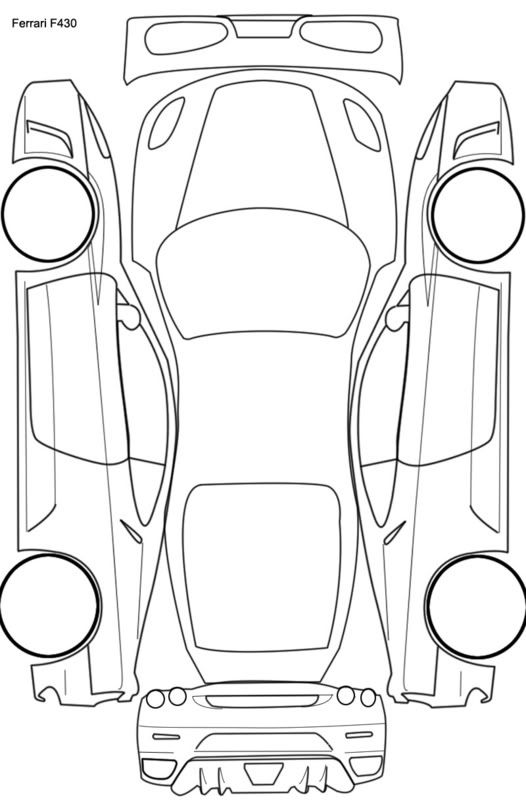imported_detail1
New member
I took out my Highliner II meter, calibrated it and went to work. Here are paint readings from my 1987 Grand National with original single stage black lacquer. I carefully took alot of readings in microns. Lots of Grand Nationals were repainted right out of the showroom because there was a defect in the paint primer that would cause the paint to crack. Fortunately, my car does not have this problem.
I just want to get rid of some spider webs. Paint is shiny & glossy.
Hood: 83, 95, 106, 108, 98, 82, 90, 91, 107, 82, 109,107, 115, 106, 93, 91, 91, 103, 102, 106, 87, 98, 117, 103, 127, 92, 105,110. Average =96
Trunk: 112, 135, 127, 112,108, 138, 122, 116, 125,121,128 Average=122
Roof: (T-Top Car) 126, 133,121, 130, 125, 114,109, 110, 112,108, 127
Average=119
Fenders: 114, 116, 133, 260, 90, 97, 108, 91, 116, 119, 100, 106, 95, 90 Average=116
1/4 Panels: 122, 130, 132, 126, 133,153, 124, 146, 128, 91, 85, 90, 91, 83, 221, 132, 172 Average=119
Upper Doors: 103, 125, 125,138, 129, 131,121, 141, 122,112 Average=124
Lower Doors:120, 123, 118, 105, 102, 103, 125, 110, 114,92, 192, 180, 291, 162, 169, 188 Average =143
I know I took alot of readings but i want to know the right direction to take. "Measure twice & cut once!"
I was reading up on micron numbers and I believe that over 100 is safe.
I think the only problem area is really the hood.
The next thing that i will do is to retake measurements & record for each specific area, such as driver's side hood or passenger's side upper door and then average. This way I can definitely know the micron of each separate section & then decide whether to glaze or polish. It's alot of work but it's worth saving my paint. I have been doing alot of reading & researching. I am sure that this will lead to my choice of the best products & strategies to make this original paint look its best without further jeopardizing the thickness of the paint.
Please advise. Thanks
I just want to get rid of some spider webs. Paint is shiny & glossy.
Hood: 83, 95, 106, 108, 98, 82, 90, 91, 107, 82, 109,107, 115, 106, 93, 91, 91, 103, 102, 106, 87, 98, 117, 103, 127, 92, 105,110. Average =96
Trunk: 112, 135, 127, 112,108, 138, 122, 116, 125,121,128 Average=122
Roof: (T-Top Car) 126, 133,121, 130, 125, 114,109, 110, 112,108, 127
Average=119
Fenders: 114, 116, 133, 260, 90, 97, 108, 91, 116, 119, 100, 106, 95, 90 Average=116
1/4 Panels: 122, 130, 132, 126, 133,153, 124, 146, 128, 91, 85, 90, 91, 83, 221, 132, 172 Average=119
Upper Doors: 103, 125, 125,138, 129, 131,121, 141, 122,112 Average=124
Lower Doors:120, 123, 118, 105, 102, 103, 125, 110, 114,92, 192, 180, 291, 162, 169, 188 Average =143
I know I took alot of readings but i want to know the right direction to take. "Measure twice & cut once!"
I was reading up on micron numbers and I believe that over 100 is safe.
I think the only problem area is really the hood.
The next thing that i will do is to retake measurements & record for each specific area, such as driver's side hood or passenger's side upper door and then average. This way I can definitely know the micron of each separate section & then decide whether to glaze or polish. It's alot of work but it's worth saving my paint. I have been doing alot of reading & researching. I am sure that this will lead to my choice of the best products & strategies to make this original paint look its best without further jeopardizing the thickness of the paint.
Please advise. Thanks

